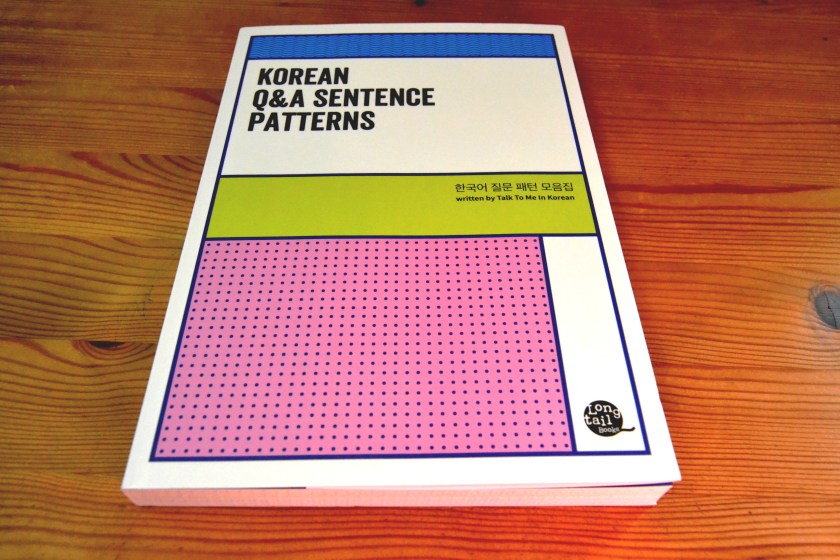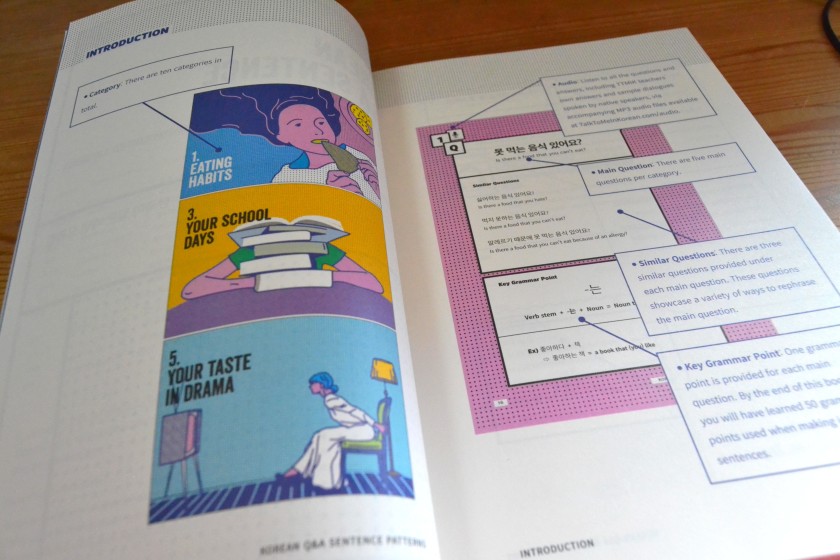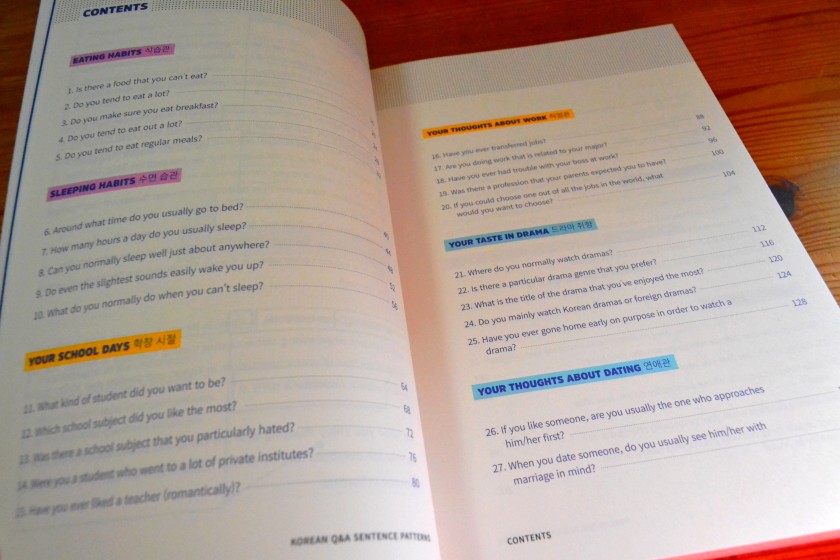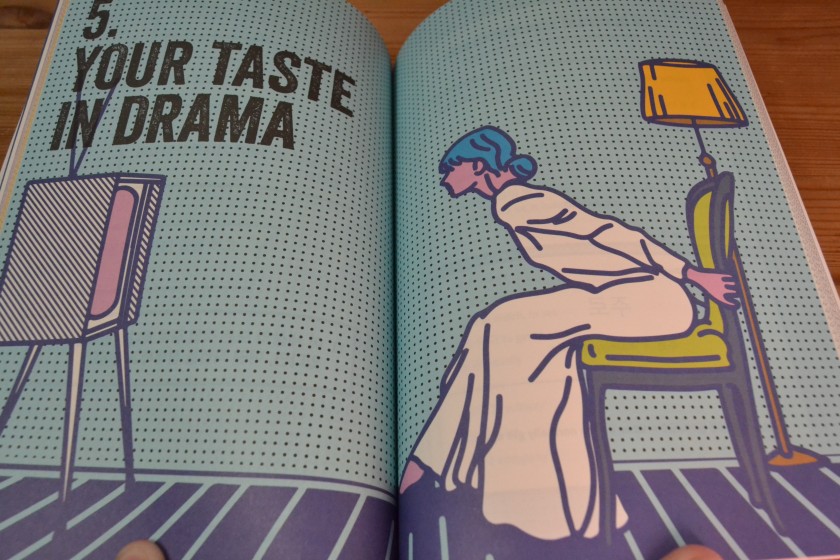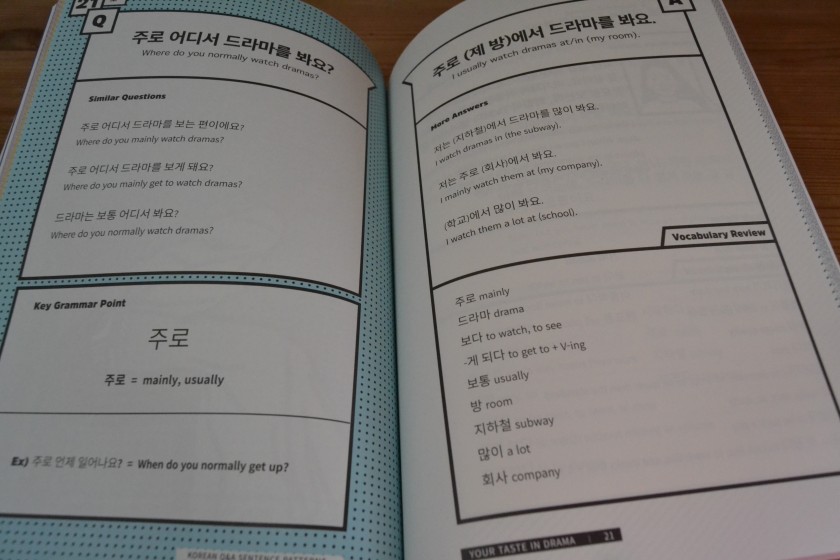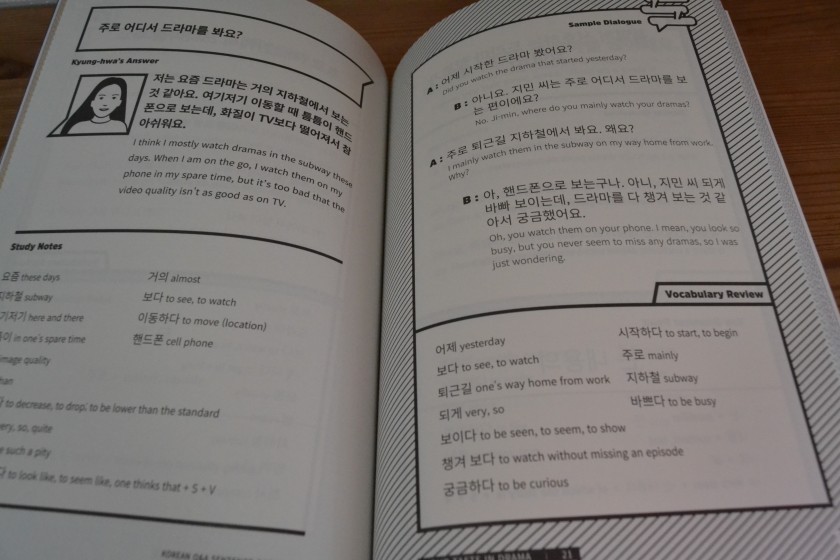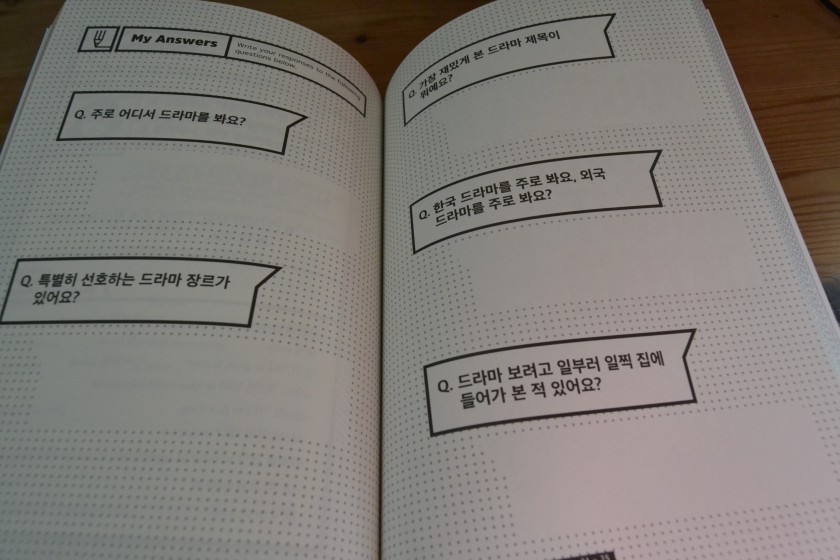Today my vacation is officially over and I am back with my original internship. Even though I now have less time available, I actually still have quite a lot of time compared to my last internship. Lately I haven’t been doing my best when it comes to studying, and I don’t even have a ‘proper’(only oneself should decide what a proper reason is) reason. I just simply haven’t had the energy or focus to work hard. I feel like it’s important to be honest to oneself with things like this instead of making up reasons to why you haven’t done your best. Things are definitely looking better know, but I have been thinking about how to give myself an extra boost of motivation to do my best again. I have some exciting things coming up and I want to prepare myself in the best possible way.
My first plan was to join the Italki language challenge again but I even though I really liked it the last time, I don’t feel like it’s the way to go this time. I don’t have nearly as much time as I did back then and 효진쌤’s schedule isn’t very flexible either. And since she is now back in Korea, we also have to match it with the time difference. Honestly, just having 1 session a week can be more than enough of a challenge!
So what else can I do? Well, I have seen the 100 days of productivity tags on many blogs and especially on Tumblr and Instagram and I thought that maybe I should give it a try. Making a challenge out of it is always a good way for me to motivate myself and it will probably fit the timeframe for my next projects and goals. It will probably also be a good opportunity for me to learn more about my own study habits.
My goal is to study for an average of two hours pr. Day. My normal daily average is around 1,5 hours (only around 1 hour for the past two weeks) so it’s not really that big of a change, but it’ll get me back on track as well as give me the little extra feeling of a challenge.
I won’t be posting a lot about it on the blog, but I will be updating daily on Instagram and twitter.
So that’s what’s going on right now! I’m starting the challenge from today and I’ll be having the last day on December 20th. Not a bad timing if you ask me! I will be having a few busy weeks (week 38,45 and 50) but I’m sure that won’t be a problem since I adjusted the rules to my personal needs.
My rules are pretty simple.
– As long as my final daily average is on 2 hours, then it doesn’t matter how much I study each day.
– I must study some Korean every day.
– I’ll give a short update every day.
And that’s it!
I’m feeling way more excited about this than I should!
Have a great day guys!

